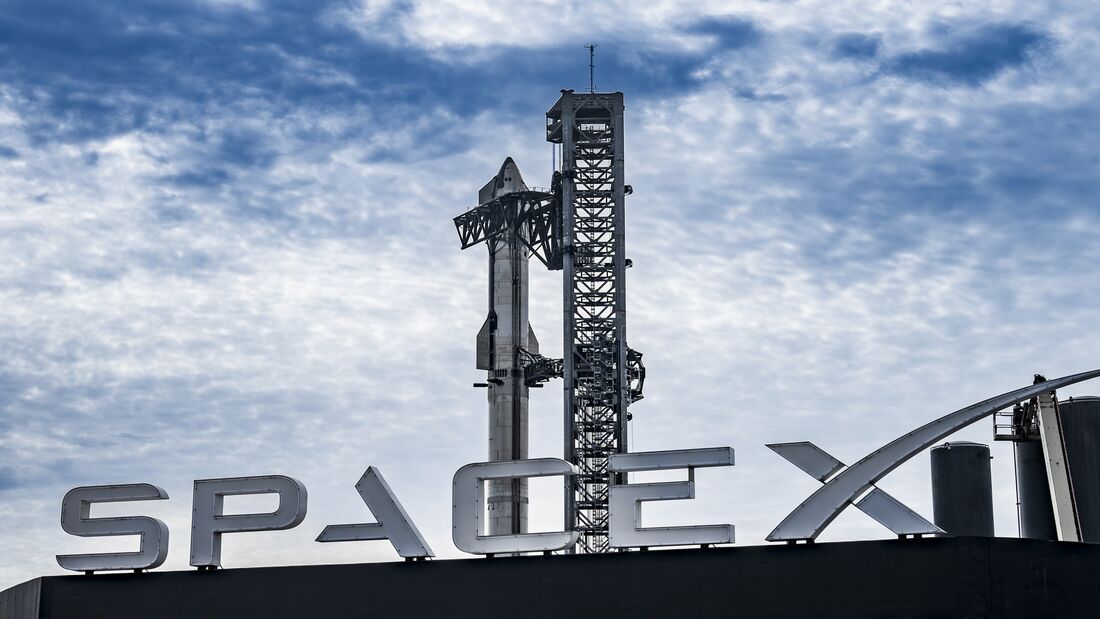SpaceX plans the Starship’s third launch for Thursday, March 14, from Starbase in Boca Chica, Texas. The 110-minute launch window opens at 1 p.m. CET (7 a.m. local time in Texas). SpaceX is currently planning a launch for 2:25 p.m. From around 1:50 p.m., Elon Musk’s space company will broadcast the preparations and the launch on platform X (formerly Twitter). The US Federal Aviation Administration gave the green light on Wednesday afternoon and issued the take-off license.
Unlike the previous, failed Starship flights on April 20, 2023 and November 18, 2023, SpaceX has planned a different trajectory this time: The Starship upper stage (Ship 28) is scheduled to land in the Indian Ocean a little more than an hour after launch. northeast of Madagascar, and not off the coast of Hawaii. “This new flight route allows us to test new techniques such as engine firing in space while maximizing public safety,” SpaceX said on its website. It would be the first re-ignition of a Raptor engine in space. The super heavy main stage (Booster 10) is scheduled to land in the Gulf of Mexico seven minutes after launch.
Ambitious goals for the test flight
SpaceX also wants to achieve further ambitious goals on the third flight. For example, the plan is to open and close the payload gate in flight and to transfer fuel within the upper stage. This time there should also be a controlled re-entry of the Starship upper stage.
SpaceX founder Elon Musk announced on X that SpaceX is planning at least six more Starship test flights this year.
The Starship is intended to bring astronauts to the lunar surface as part of NASA’s Artemis III mission. The mission is currently scheduled for September 2026.
Failures in previous launches
The first two test flights each ended with a total loss of the main and upper stages. During the first launch on April 20, 2023, several of the 33 Raptor engines failed and the main and upper stages did not separate as planned. Therefore, the flight abort system was triggered, albeit with a delay. In addition, the engines had badly damaged the launch pad, chunks of concrete flew hundreds of meters, and sand and rocket debris were spread over several kilometers.
On the second flight on November 18, 2023, many things worked better, for example the ascent with all engines and the stage separation. However, the main stage disintegrated after the planned flip maneuver and at an altitude of around 148 kilometers the flight abort system of the upper stage was triggered. In January, Musk said the failure was related to the venting of the liquid oxygen fuel near the end of combustion. This ventilation was only necessary because the upper stage was not transporting any payload.
